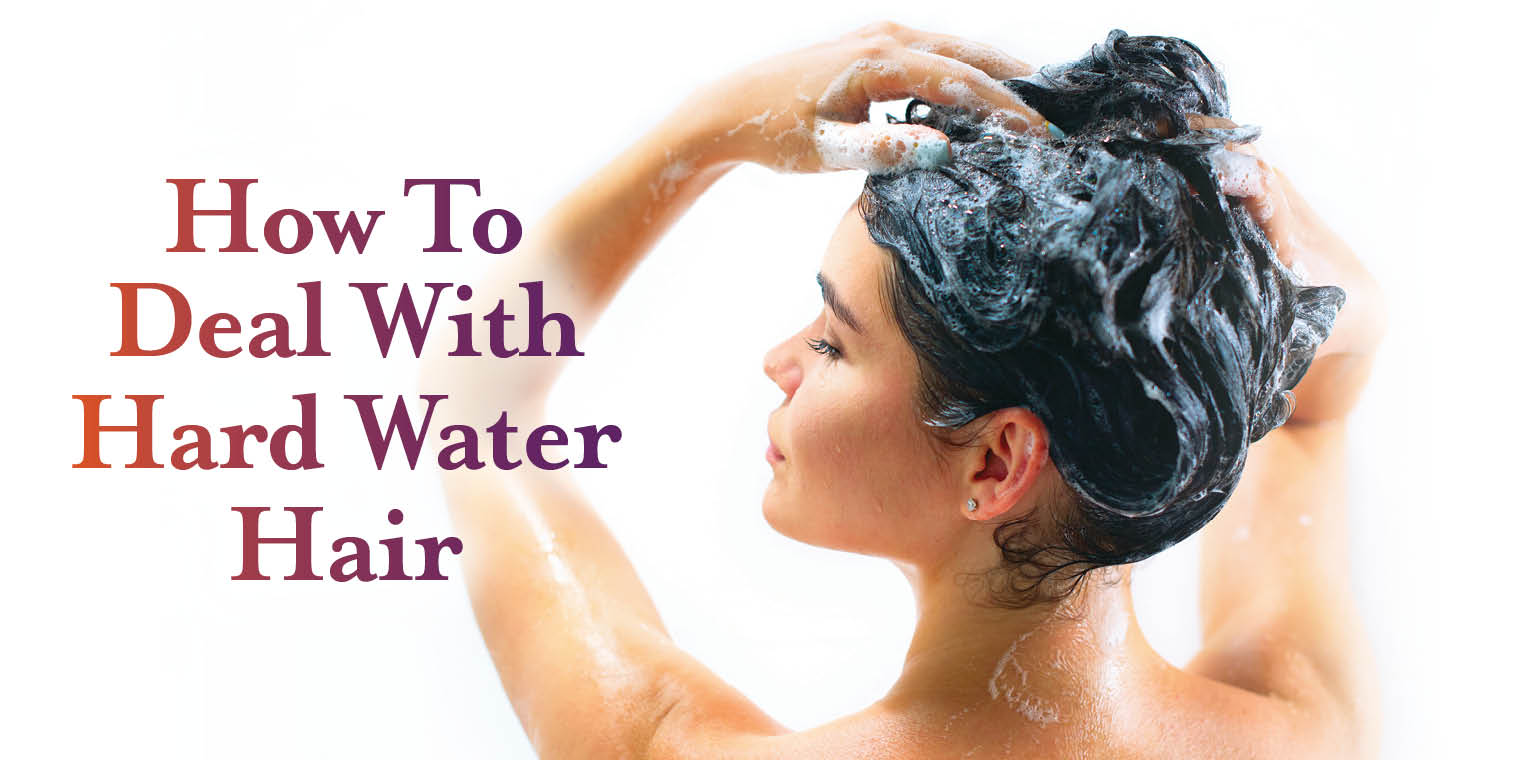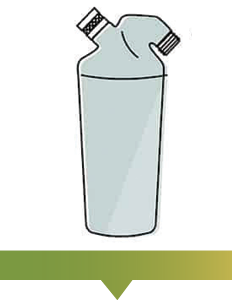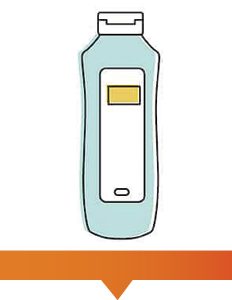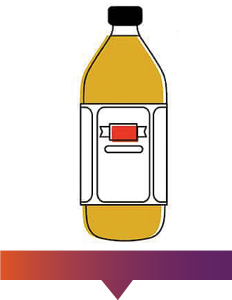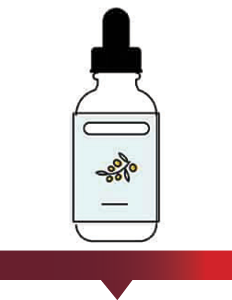If you’ve noticed a sudden change in your hair but are still loyal to your go-to products, it could be time to take a look at your water. Water hardness differs from state to state and may be to blame. Read on to learn what hard water is, how it affects hair, and how to get your hair back to its roots.
What Is Hard Water?
Water that contains a large amount of minerals, especially calcium and magnesium, is called hard water. It forms as water passes through limestone and chalk. While hard water isn’t harmful, the buildup of minerals can change the texture and feel of hair.
Not sure if hard water is causing your hair troubles? Check the showerhead for any buildup that looks like white chalk, or notice if glassware comes out of the dishwasher looking cloudy. In addition, shampoos that aren’t lathering that much could be interacting with the minerals in hard water.
How Does Hard Water Affect Hair?
The dissolved minerals in hard water coat hair, which can make it feel rough and dry. While one study found that hard water doesn’t affect hair strength or elasticity, the buildup can make styling more difficult and cause color-treated hair to fade quicker. Since hair feels more straw-like and knotty, it’s also be more difficult to brush.
Where you live doesn’t need to ruin your hair. There are several things you can do at home to bring it back to its natural state.
Install a showerhead water filter
The filtration system removes excess minerals. Showerhead filters vary in price and can start at $100, but could be less expensive than loading up on clarifying products.
Add Clarifying shampoos to your routine
Strip away buildup with a deep-cleaning shampoo. Combat the drying effects by following up with a deep-conditioning.
Try an apple cider vinegar rinse
Mix 1/3 cup apple cider vinegar and 1 quart of distilled water. Shampoo, rinse, and finish with the apple cider mixture, leaving it on for a few seconds before rinsing. It’ll remove buildup and add bounce and shine back to hair.
Finish with argan oil
Apply pure argan oil to damp hair to restore moisture. Focus on the ends and avoid the roots to prevent hair looking greasy.
How to Restore Colored Hair
If hard water has dulled your dye, you don’t need to increase the damage with frequent touch-ups. Instead, ask your stylist for a glaze or gloss which adds shine and pigmentation on strands. The drugstore beauty aisles are also packed with at-home formulas that aren’t damaging, as long as you follow the instructions.
Glazes and glosses differ slightly. A glaze is a temporary formula that can be clear or have slight pigment to add shine. It does not use peroxide or ammonia to deposit color into cuticles, but instead sits on top of strands. A glaze can last one to two weeks and is primarily used to boost shine.
A gloss is a semi-permanent, transparent formula that smooths the surface by filling in strands. It adds a protective layer for shine and color longevity. A gloss can last three to four weeks and is best if you’re looking to maintain your current color.
The Truth Behind Clarifying Shampoos
Chelating shampoos, also known as clarifying shampoos, use ingredients that bind to minerals and other buildup. When you rinse the shampoo out, the minerals and gunk from styling products go with it. Clarifying shampoos are drying because they also remove natural oils, so it’s best to limit their use to once a week or once a month, depending on how dry your hair is. Always follow up with a deep conditioner to combat any drying effects.
On the Other End of the Spectrum: Soft Water
Soft water contains only small amounts of minerals. With soft water, it can feel difficult to rinse out all the shampoo and conditioner, and hair may feel limp and greasy. Try volumizing products to prevent limp hair, and use only a small amount of conditioner on the ends to prevent weighing down the roots. As with hard water, a clarifying shampoo in your routine can help remove product buildup.
Conclusion
Before you change your routine, determine if you have hard or soft water. If you’re worried your water is doing a number on your hair, get tips from your stylist. He or she should be able to suggest products or methods based on your hair texture.

